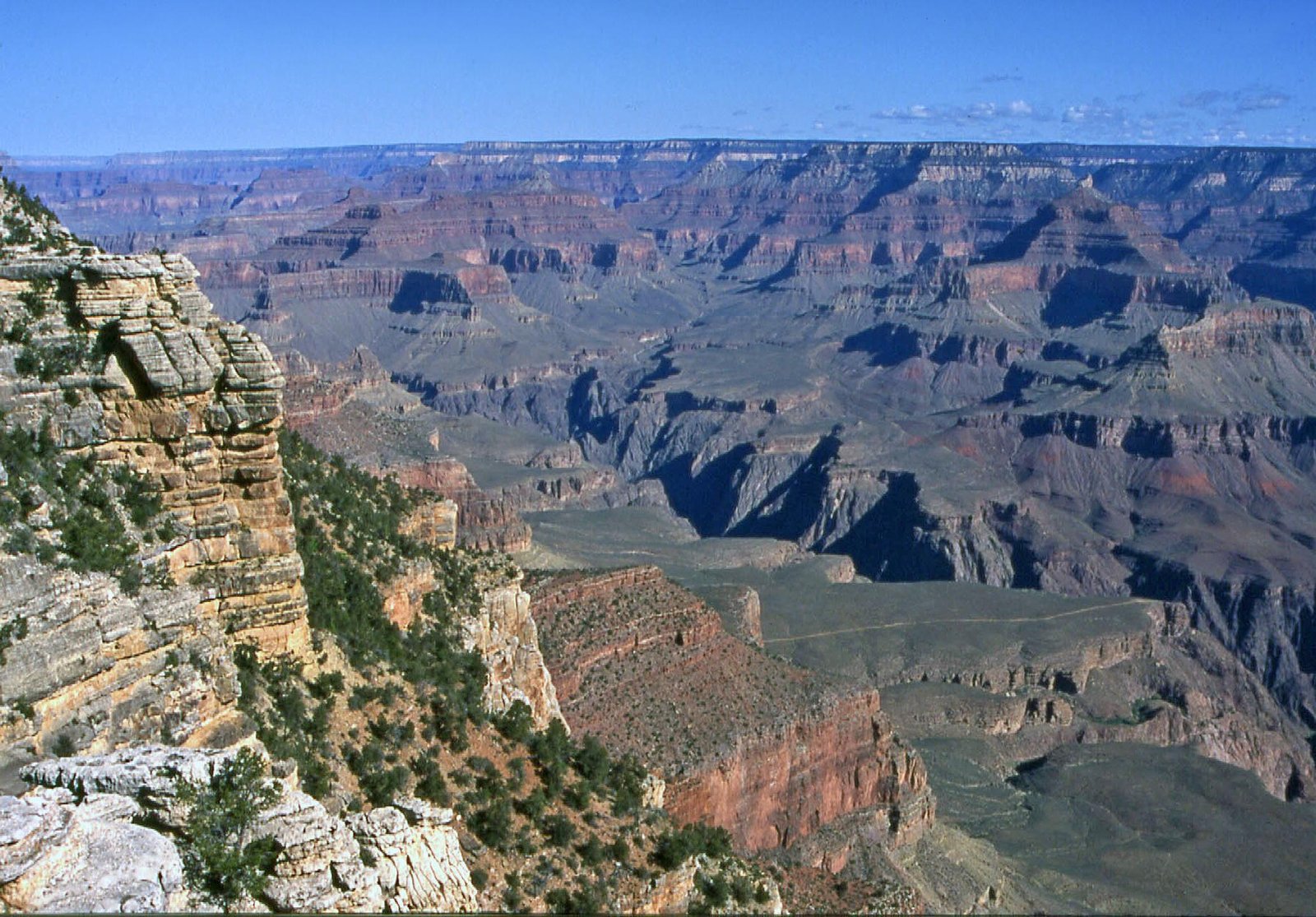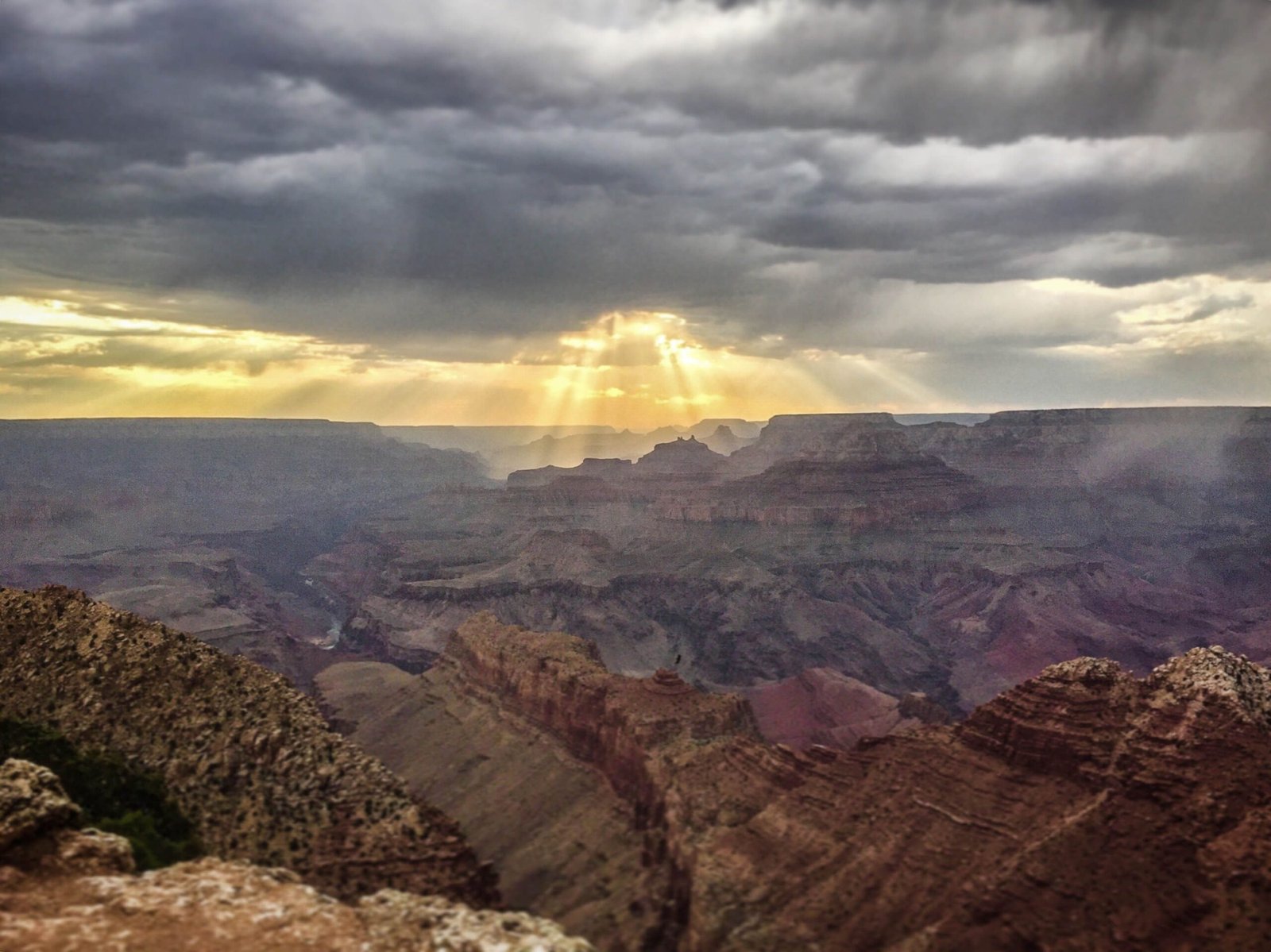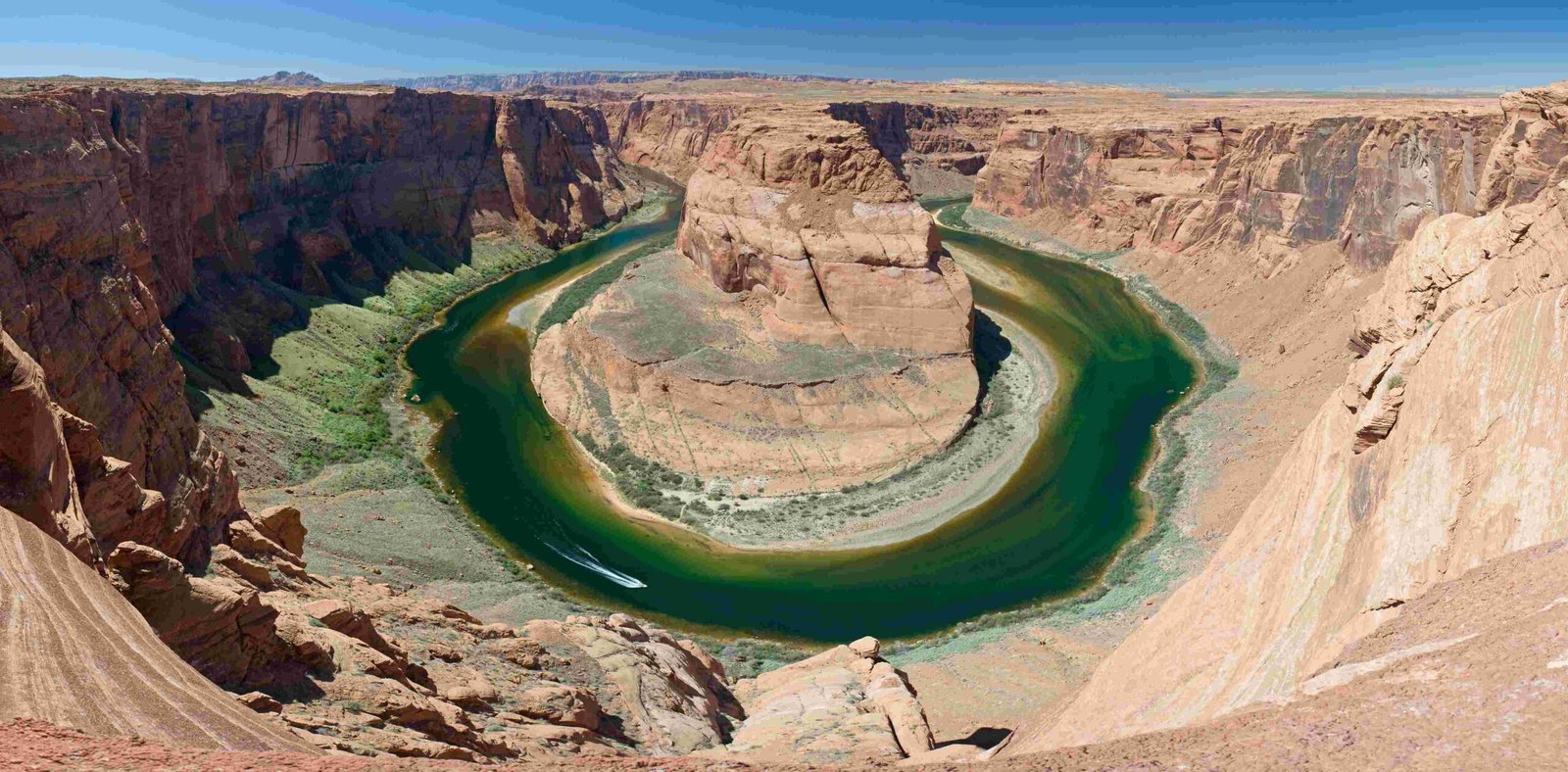The Grand Canyon’s rock history represents an extraordinary geological narrative spanning nearly 2 billion years, revealing Earth’s complex transformation through metamorphic processes, sedimentary depositions, and dramatic tectonic movements. From the ancient Vishnu Basement Rocks formed through massive plate collisions to the intricate layers of limestone, sandstone, and shale, this geological marvel captures millions of years of planetary evolution, showcasing how water, wind, and geological forces sculpted one of the world’s most remarkable landscapes.
What Defines the Grand Canyon’s Geological Foundation?

Precambrian Era: The Ancient Rock Formation
The Grand Canyon’s geological foundation begins with the Vishnu Basement Rocks, created approximately 2 billion years ago during a massive tectonic collision. These foundational rocks include:
- Vishnu Schist: Metamorphic rock formed under extreme heat and pressure
- Brahma Schist: Transformed rock layer indicating intense geological activity
- Rama Schist: Another metamorphic rock representing early crustal movements
Key Characteristics of Basement Rocks
| Rock Type | Formation Period | Composition | Significance |
|---|---|---|---|
| Vishnu Schist | 2 billion years ago | Metamorphic | Tectonic collision evidence |
| Brahma Schist | 2 billion years ago | Transformed rock | Geological transformation |
| Rama Schist | 2 billion years ago | Metamorphic | Crustal movement indicator |
How Did Sedimentary Layers Develop?
Between 1.2 billion and 740 million years ago, sedimentary layers of the Grand Canyon Supergroup were deposited in shallow seas. These layers include:
- Bass Limestone
- Algal fossil-rich formations
- Marine sedimentary deposits
What Happened During Cambrian to Permian Periods?
During this extensive period (540-270 million years ago), multiple geological processes occurred:
- Cambrian Period (500-508 million years ago):
- Tapeats Sandstone formation
- Bright Angel Formation development
-
Fossil deposits of brachiopods, trilobites, and sponges
-
Devonian Period (385-500 million years ago):
- Temple Butte Formation
- Frenchman Mountain Dolostone
- Marine fossil accumulation
What Caused the Colorado Plateau Uplift?
Around 75 million years ago, the Laramide orogeny initiated the Colorado Plateau’s uplift. By approximately 6 million years ago, the Colorado River began carving the Grand Canyon, revealing its intricate rock layers.
How Do Rock Layers Tell a Geological Story?

Upper Rock Layer Composition
The uppermost layers provide insights into ancient environmental conditions:
- Kaibab Limestone: 270 million years old
- Toroweap Formation: Marine fossil-rich layer
- Coconino Sandstone: Wind-deposited with reptile tracks
Lower Rock Layer Insights
The foundational rock layers reveal prehistoric marine environments:
- Tonto Group: Containing brachiopod and trilobite fossils
- Grand Canyon Supergroup: Algal fossil-rich formations
What Makes Grand Canyon’s Rock History Unique?
The Grand Canyon’s rock history is unique because it:
– Spans nearly 2 billion years
– Contains continuous rock layer records
– Demonstrates multiple geological processes
– Preserves extensive fossil evidence
– Represents a comprehensive planetary evolution narrative
Visitor Exploration Opportunities
Geological Tour Options
- Ranger-led programs
- Guided geological tours
- Self-guided trail explorations
Recommended Exploration Strategies
- Attend ranger presentations
- Use geological trail guides
- Participate in professional geological tours
Practical Visitor Information
Access and Permits
- Backcountry permit requirements
- Trail regulations
- Safety guidelines
Best Viewing Locations
- South Rim viewpoints
- Geological interpretation centers
- Designated geological trail systems
Recommended Preparation
- Comfortable walking shoes
- Water and sun protection
- Geological field guide
- Camera for documentation

